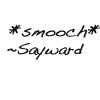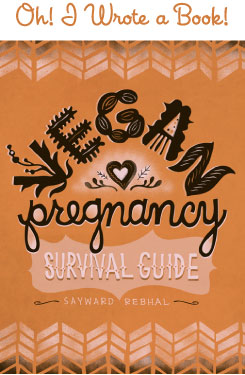
I don’t know about you guys, but in this house we are pickle fiends. Sammiches? Incomplete without the crunch. Burgers? We pile ‘em on. Antipasti, un-tuna, and ‘tater salad are all just vehicles to get at the soured goodness. I love the different dishes, but mostly I devour the suckers straight up. Damian, as a child, was known to drink the brine right out of the jar!! (!!!) Waits hasn’t tried them yet, but I’m sure he’ll join Team Pickle, too.
The good news is, pickles are easy to culture and when you make them this way (as opposed to vinegar pickles), you get all the awesome power of probiotics. The even better news is that in most places in the northern hemisphere, the special, small-sized cukes are still in season. So get on it!
To make your very own crispy kosher dills, you’ll need:
(recipe adapted from Wild Fermentation)
- 2 pounds pickling cucumbers
- 1/4 cup sea salt dissolved into 5 cups water
- 2-4 heads flowering dill
- 8-10 cloves garlic, peeled
- 2 tsp dill seeds
- small bunch fresh strawberry, grape, or horseradish leaves
- large glass jar/s
- coffee filter/rag/wash cloth + rubber band
 Step One
Step One
Prep your ingredients. Gently wash your cukes but be careful not to bruise them. Thoroughly wash your jars. Prep the salt water and garlic.

 Step Two
Step Two
Place the dill flowers face down in the jar. Add the garlic and the dill seeds.
 Add the leaves. This is very important, so don’t skip these! They are rich in tannins and will keep your pickles perky. Nobody likes a mushy pickle!
Add the leaves. This is very important, so don’t skip these! They are rich in tannins and will keep your pickles perky. Nobody likes a mushy pickle!
 Step Three
Step Three
Cram in the pickles, leaving room for at least 2 inches of liquid on top. Cover with the salt water, then top with the filter/rag and rubber band. If the cucumbers float you can keep them submerged with a smaller jar, as described in the sauerkraut tutorial (step 5)
Leave your pickles in a warm spot to ferment. Check the liquid levels daily and add more brine if needed. They’re ready after a week or so, but you can continue fermenting ‘to taste’.
But seriously, check the liquid levels every day . . .
 Don’t allow your babies to be compromised by exposure! Air = bad, brine = good!
Don’t allow your babies to be compromised by exposure! Air = bad, brine = good!
As always, more awesome information is available at Wild Fermentation. Happy pickling my dears!





Pingback: “Eat Your Beasties!” – The Importance Of Cultured And Fermented Foods | Bonzai Aphrodite